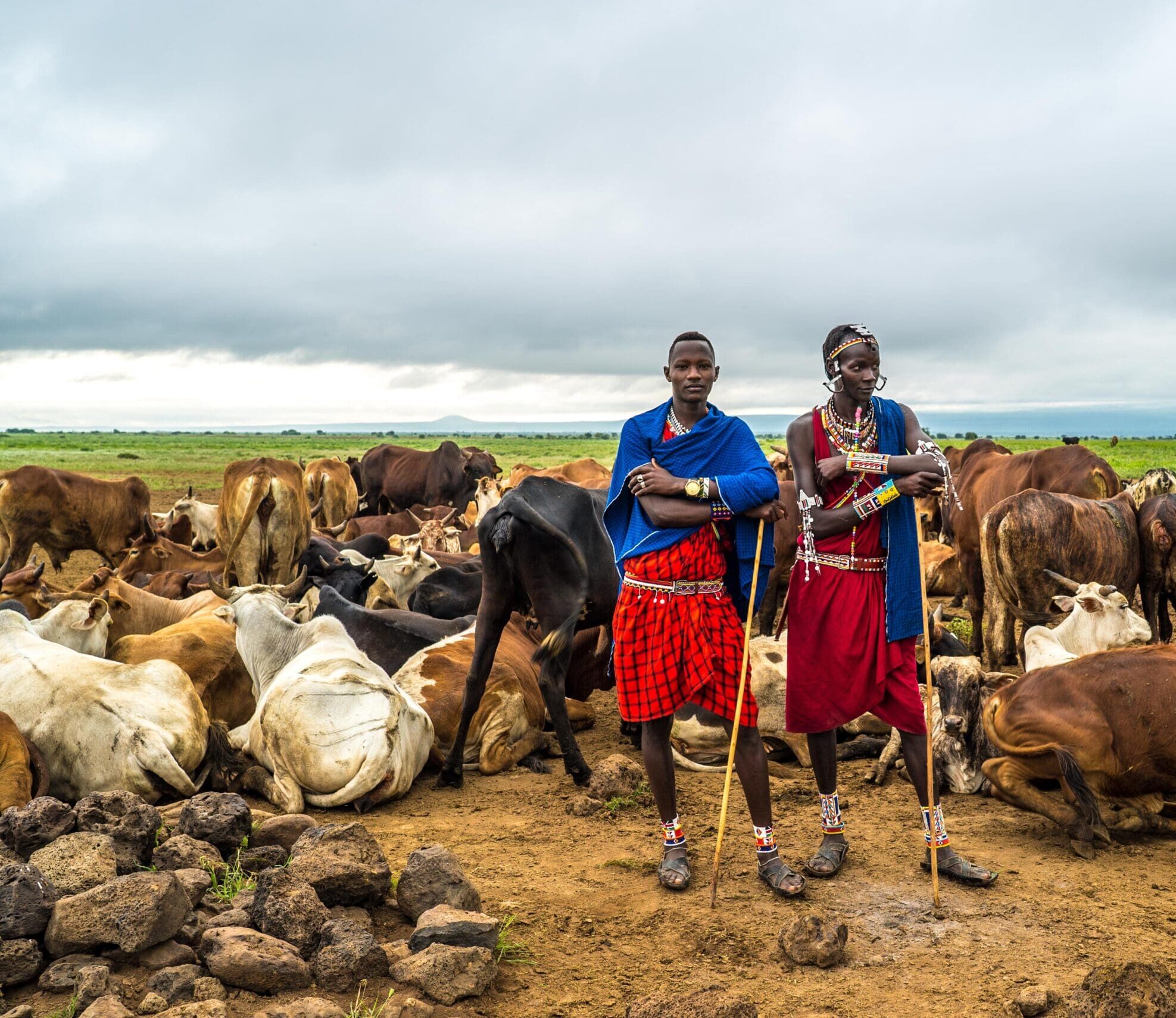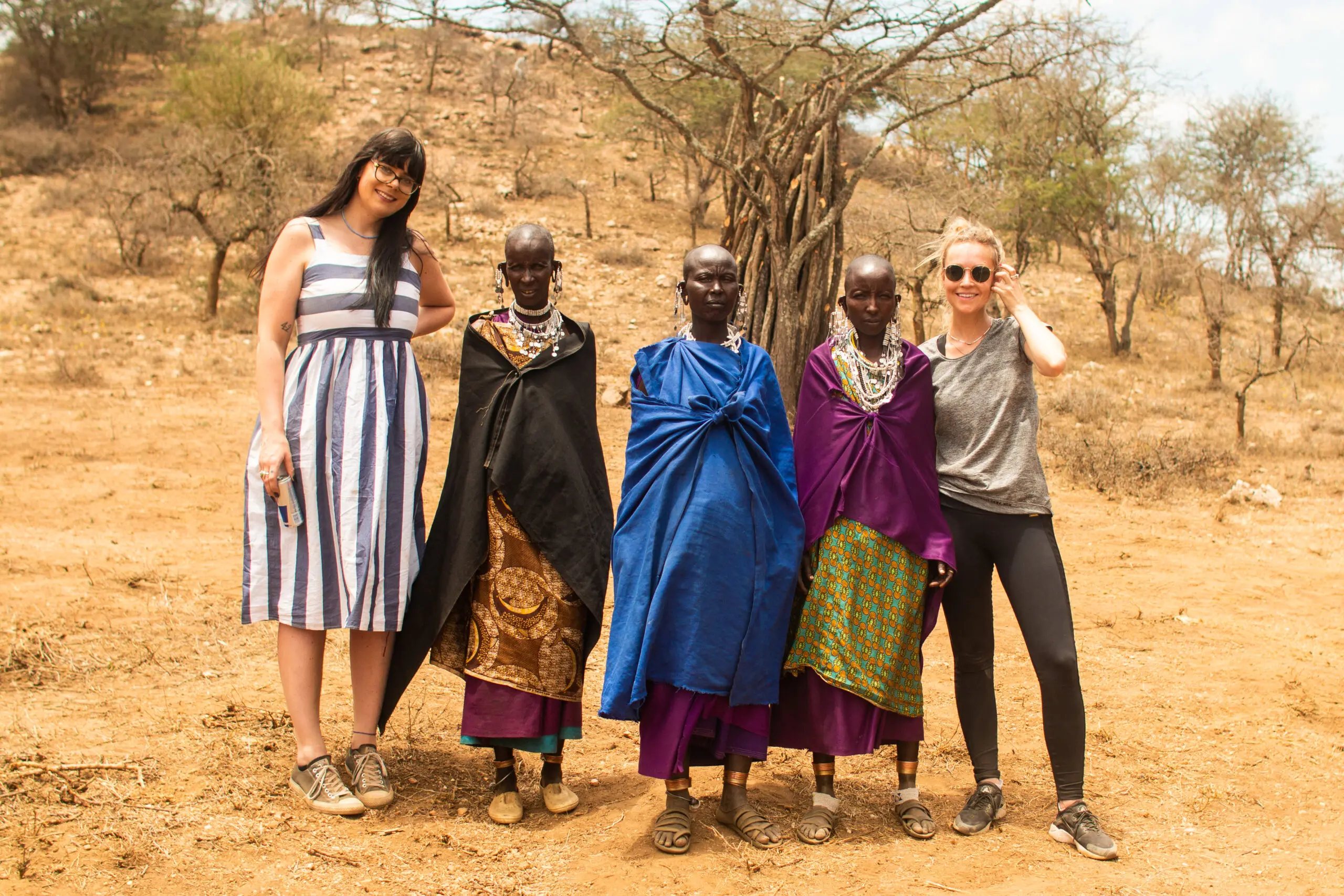Hiking in the Usambara Mountains
Stroll through the lush jungle forests of the Usambara Mountains, enveloped in mysterious morning mist, charming villages, and breathtaking views. Forget the Alps or Patagonia—this is where you’ll want to hike! A multi-day trek through this Tanzanian gem promises an unforgettable experience.
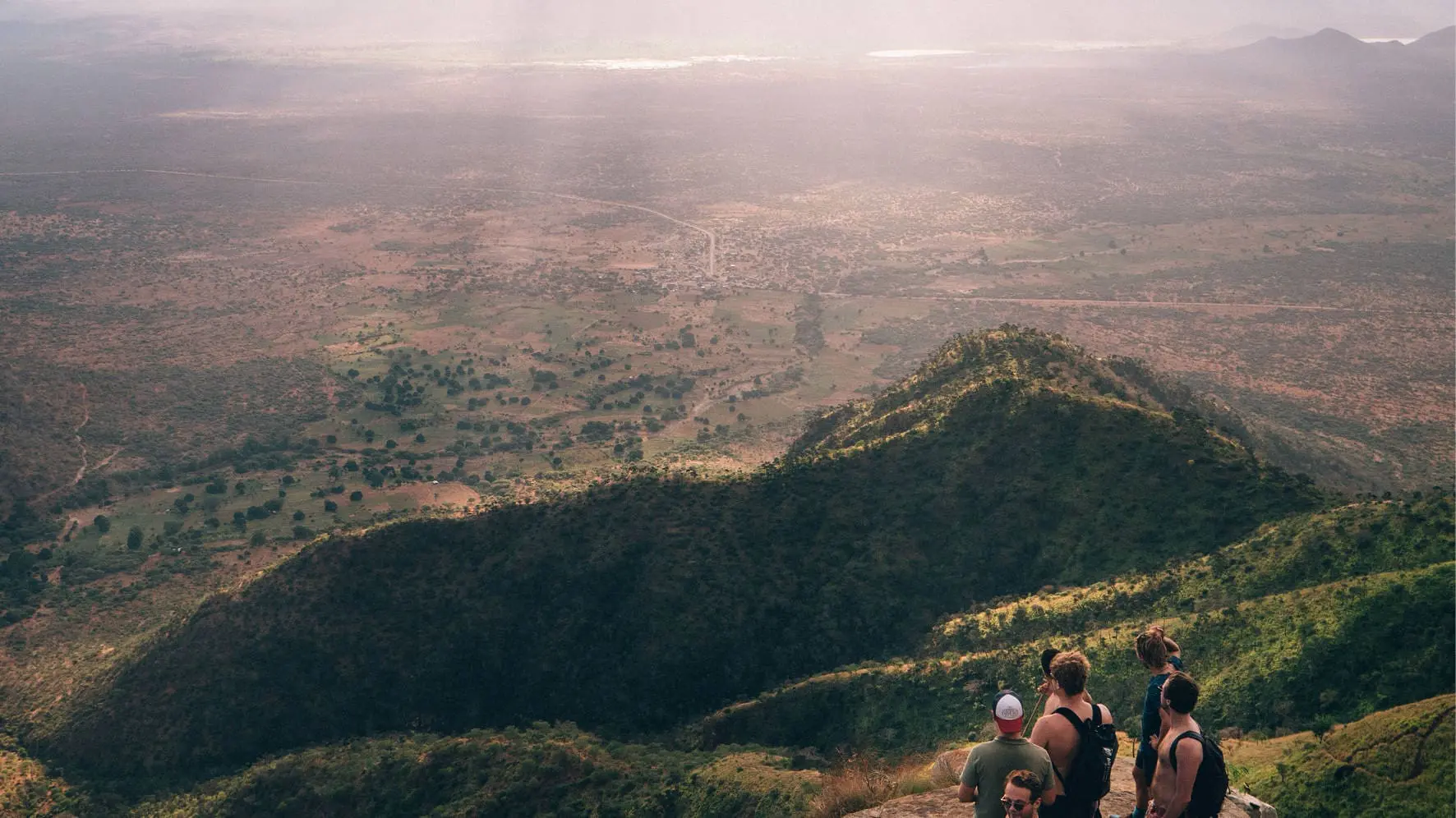
Usambara: The Green Heart
An ecological and biodiverse hotspot
Nestled in northeastern Tanzania, the Usambara Mountains are draped in vast tropical forests, a rarity in East Africa and a true ecological treasure. On a clear day, you can glimpse Mount Kilimanjaro on one side and the grasslands of Mkomazi National Park on the other. Famous for its stunning views, the mountains become a magical palette of colours during sunset.
The Usambaras are not just a hiker's paradise but also a vital agricultural region, producing tea, maize, and sugarcane, which are used in the local alcoholic beverages you’ll find throughout Tanzania. Alongside the farmlands, significant research into biodiversity is conducted here, and numerous sustainable initiatives focus on food, nature, and tourism. Small eco-lodges in the region provide accommodations, often with local guides who specialise in preserving this unique environment while enriching your hiking experience.

From Village to Village
As you hike through the Usambara Mountains, you’ll traverse picturesque villages and discover different facets of Tanzanian life. This fertile region is home to many farmers, and the landscape is dotted with tea and maize fields. Walk through settlements of the Mbugu and other tribes, passing schools, farms, and bustling homesteads. Wherever you go, you’ll be greeted warmly by the locals.
Lushoto, the capital of the Usambara Mountains, has a surprising Dutch connection: Prince Claus spent several years at a boarding school here. While little information is available on his time in Lushoto, the local secondary school still bears his name.
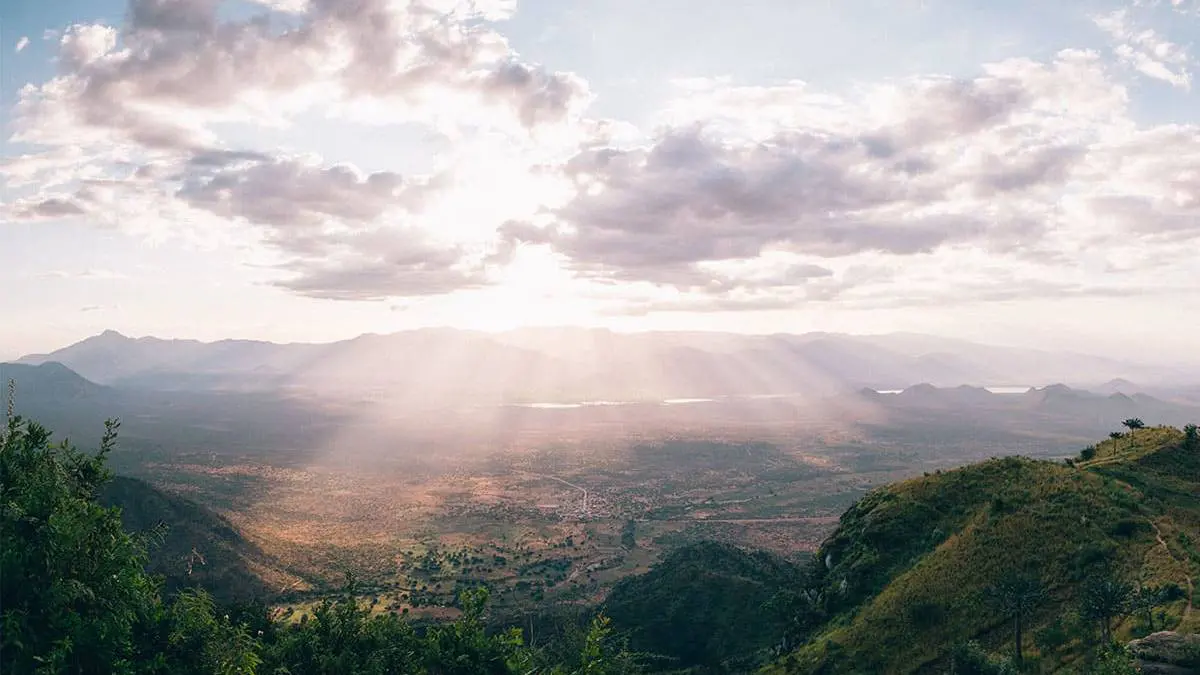
Hiking or Mountain Biking
When you think of Tanzania, green rolling hills, endless vistas, and rugged cliffs might not come to mind—but the Usambara Mountains will change that. Forget the European Alps, the Himalayas, or Patagonia—Usambara is where you want to hike! On a multi-day trek, you’ll often have the trails nearly to yourself, with no crowds or selfie sticks in sight.
Trekking routes take you from village to village, such as from Lushoto to Mtae, with options to stay in basic accommodations like old monasteries or guesthouses, or in homestays with local families. You can even camp on dramatic cliffs with sweeping views that make you feel on top of the world. At Mambo Cliff Inn, for instance, a clear day reveals the southern face of the majestic Mount Kilimanjaro. For the adventurous, camping near the cliff edge offers unparalleled scenery—just don’t sleepwalk!
During your trek, you’ll be welcomed time and again by friendly locals and farmers growing vegetables that feed the entire country. If you’re lucky, you might even receive a tasty treat for the road. A hike in Usambara is an experience you’ll cherish forever.
Typically, a trek through the Usambara Mountains takes about four days. Our blog offers even more insights into hiking in this stunning region. In addition to hiking, you can also go mountain biking or tackle steep cliffs. Various small-scale eco-lodges prioritise sustainability and employ local guides to ensure this unique natural area remains preserved.
The Pare Mountains
Still off the beaten track, the Usambara Mountains are gaining popularity among tourists. Nearby, in the northeastern region of Tanzania, lie the Pare Mountains. These are officially part of the Kilimanjaro region and located close to the better-known Usambara range. Because of their inaccessibility, the Pare Mountains are often overlooked by travellers—a true off-the-beaten-path destination!
While less visited, the Pare Mountains rival the Usambaras in beauty, featuring fertile, lush landscapes that are nothing short of spectacular.
The Pare People
The Pare (WaPare) people welcome visitors with open arms, offering an authentic glimpse into Tanzania’s unspoiled, raw beauty. This is an experience you won’t find in more touristy areas. The Pare people are divided into two subgroups: the Ugweno in the north, who speak Gweno, and the Usangi in the south, who speak Chasu.
What to Do?
The WaPare cultivate tea, coffee, sisal (a fibre primarily used for rope-making), and quinine bark (a strengthening agent derived from local plants). Discover local dishes, meet the incredibly hospitable Pare community, and hike through the vibrant green Pare Mountains accompanied by a local guide.
Discover more of Tanzania
Or go through all our unique and authentic experiences
Tarangire National Park
The African sunset casting its glow over the diverse landscapes creates a mesmerising effect on the park. Tarangire is truly magical.
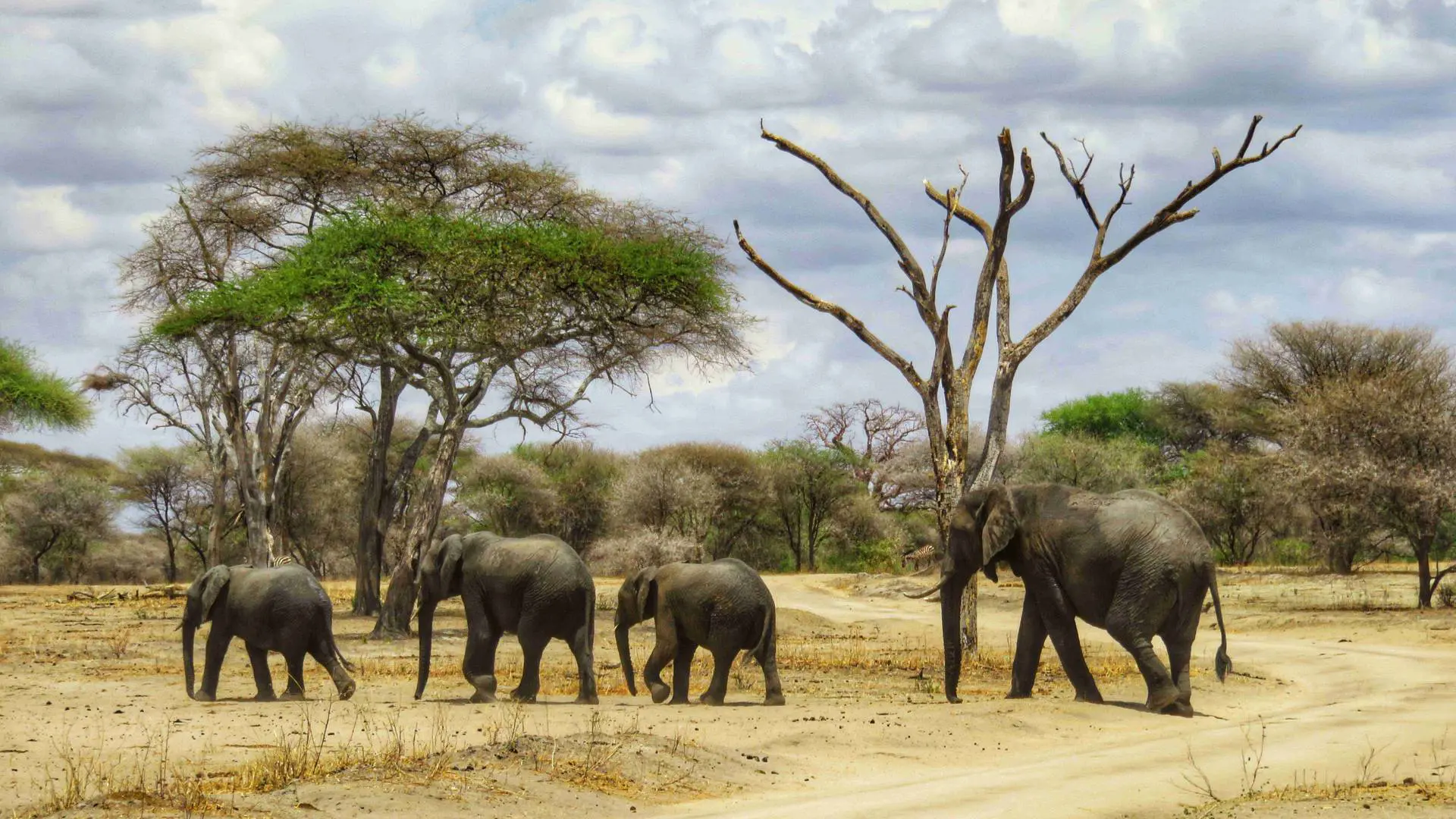
Mkomazi
Once inaccessible, this park is now within reach, offering visitors a chance to experience its spectacular wilderness.
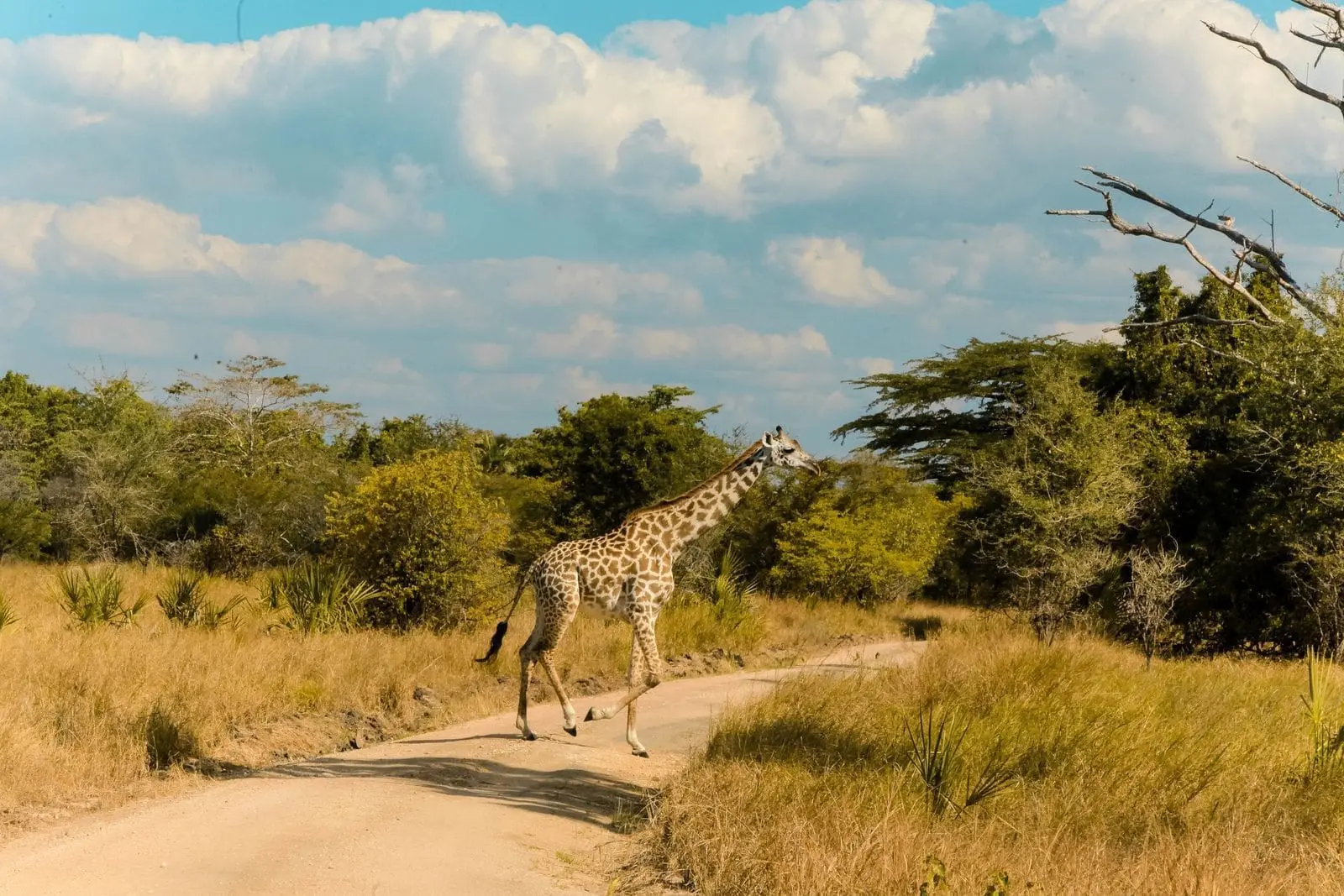
The wild north
With a thrilling motorbike safari as the highlight, you’ll discover the wilderness, meet the locals, and be enchanted by unspoilt beauty.
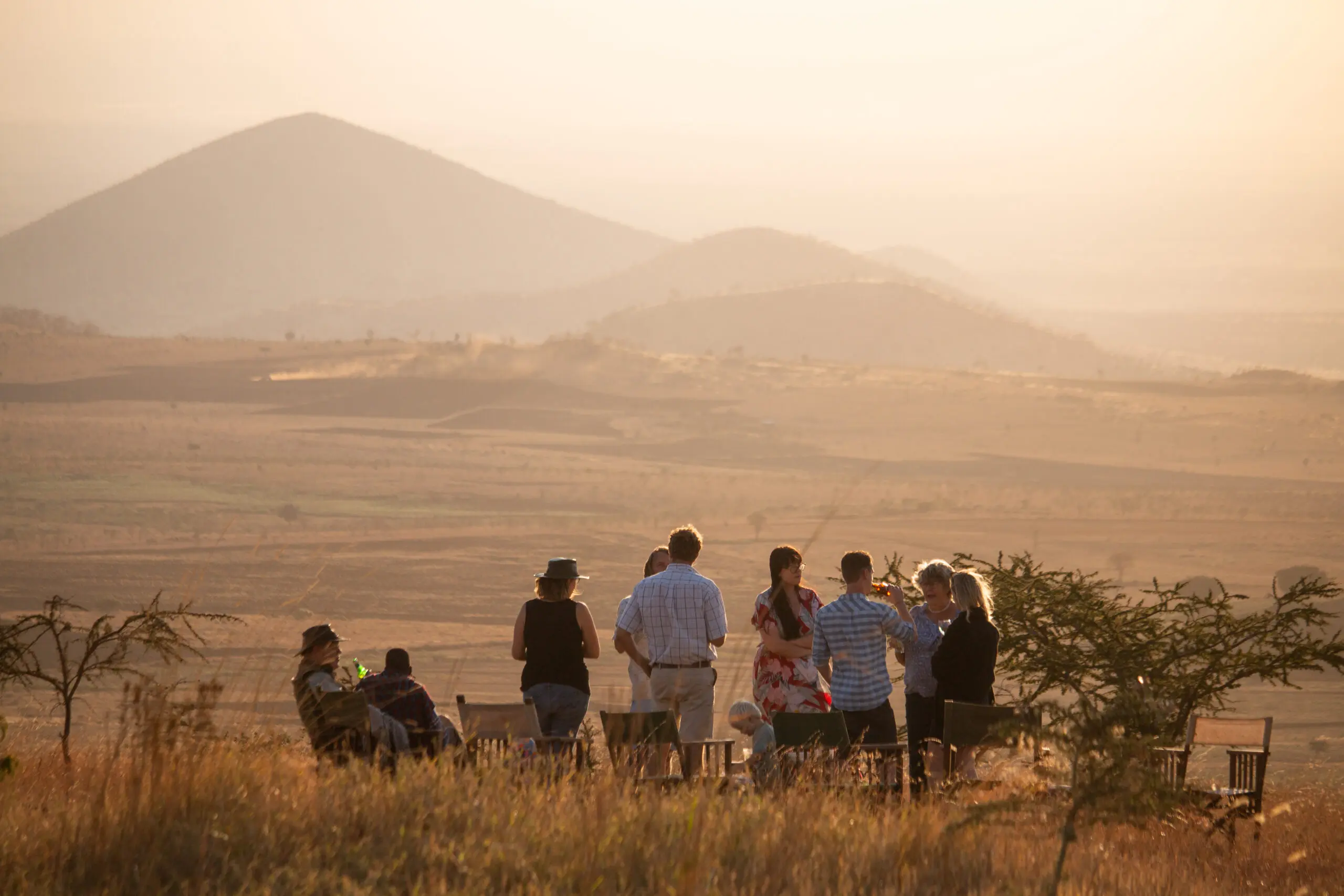

Need travel advice? Ask our Africa experts
Hungry for the unknown? Our Africa experts have answers to your pressing questions.
